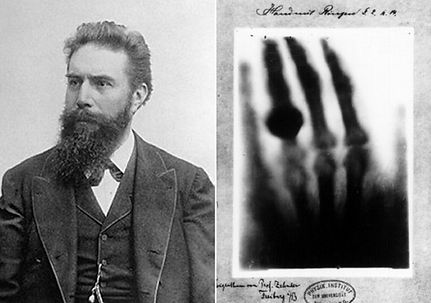Multiple Artificial Intelligence Projects
Kidney Segmentation
For this project, patients with diseased kidneys were selected and their CTs with contrast were obtained. The first neural network created a 3D box around the kidneys while a second neural network then identified the irregular contours of these kidneys. As a next step, a third neural network detected the lesions on these kidneys.
Published results:
Houshyar, R., Glavis-Bloom, J., Bui, T., Chahine, C., Bardis, M.D., Ushinsky, A., Liu, H., Bhatter, P., Lebby, E., Fujimoto, D., Grant, W., Tran-Harding, K., Landman, J., Chow, D., Chang, P. Outcomes of Artificial Intelligence Volumetric Assessment of Kidneys and Renal Tumors for Preoperative Assessment of Nephron Sparing Interventions. Journal of Endourology, September 2021, DOI: https://doi.org/10.1089/end.2020.1125.
Artificial Intelligence
Radiologist
Prostate Segmentation: How many accessions are needed?
This project demonstrated that prostate segmentation accuracy began to plateau after a neural networked had been trained with 160 patients.
Published results:
Bardis, M.D., Houshyar, R., Chantaduly, C., Ushinsky, A., Glavis-Bloom, J., Shaver, M.M., Chow, D.S., Uchio, E.M., Chang, P.D., Deep learning with limited data: Organ segmentation performance by U-Net, Electronics, July 2020, DOI: https://doi.org/10.3390/electronics9081199
Brain Tissue Segmentation
The white matter, cortical gray matter, deep gray matter, and ventricles were segmented on 837 patients.
Results presented at RSNA:
Howie, M., Bardis, M. (Presenter), Yan, M., Alber, A., Shaver, M., Weinberg, B., Sugrue, L., Grinband, J., van Erp, T., Chow, D., Chang, P. Deep learning for brain tissue segmentation Paper at: Radiological Society of North America 2019 Scientific Assembly and Annual Meeting, December 1-7, 2019, Chicago IL.
Society of Interventional Oncology, AI Hackathon, Renal tumor staging
For this project, 267 patients who had a CT abdomen and renal biopsy were examined. The neural network then predicted the tumor grading stage of T0 - T4 based upon the CT image.
Results presented in this video (registration required):
https://learning-center.sio-central.org/products/sio2021-hackathon-winner-update

ASNR, Modality Classification
For this project, a neural network accurately classified 415,663 total images as either CT, PET, MR, or X-Ray. The neural network used compressed images for classification to demonstrate efficiency.
Results presented at ASNR:
Bardis, M., Chow, D.S., Chang, P.D. Robust Artificial Intelligence Image Modality Recognition with Minimal DICOM Size Poster at: American Society of Neuroradiology, April 29-May 3, 2023, Chicago, IL.

ASNR, Brain Tumor Tampering
AI was used to detect whether 1,434 different FLAIR images were completely real or had been slightly modified by AI software.
Results presented at ASNR:
Bardis, M., Chow, D.S., Chang, P.D. Brain Tumor Images Modified by OpenAI Artificial Intelligence: Detectable or Imperceptible? Poster at: American Society of Neuroradiology, May 18 -May 22, 2024, Las Vegas, NV.

IR Guidewire Identification
Signal processing code identified the guidewire tip more easily during fluoroscopy for this early stage project.

Ultrasound Doppler Wave Classification
Waveform morphology was detected in carotid ultrasounds in this early stage project.

Knee MRI
Identification of the presence or absent of the ACL/PCL was completed with AI on sagittal knee MRIs in this beginning project.



